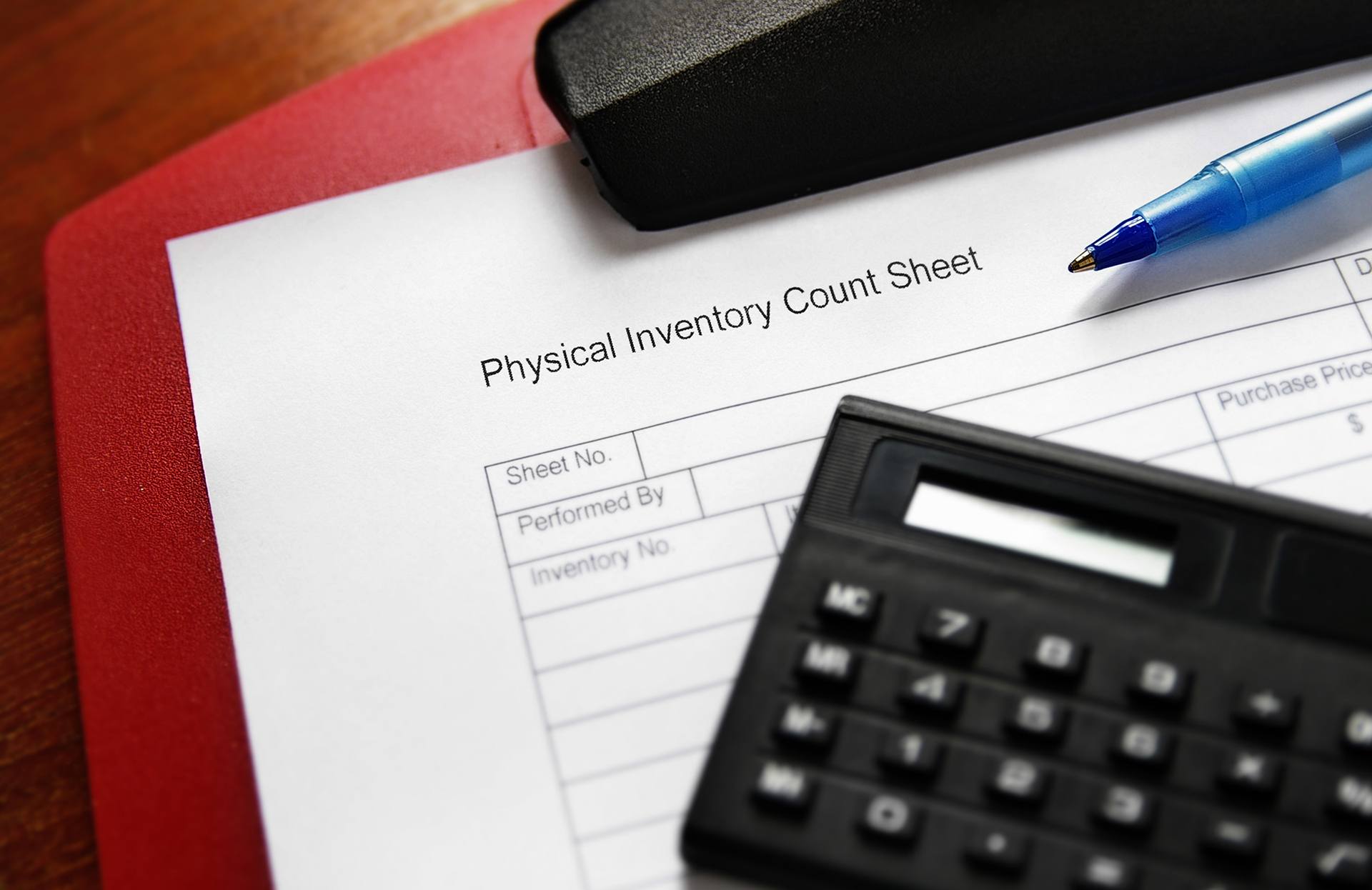How to Simplify Your Inventory Management

It doesn’t matter how large your company is, or how much information technology that you have to maintain and collect, keeping it organized can be challenging. With any company with a lot of different and important operations, it’s crucial that you have processes put into place that documents where and how each of your moving parts is being used. To this end, having a way to simplify your inventory can be helpful for keeping track of where your devices, and more importantly, your data is.
What Your Inventory Does
An inventory is typically used for businesses to track their assets and resources in a way that makes sure you have an accurate count of what your company owns. Inventory is commonly used for countless types of organizations, from fast food to retail. Keeping track of what is on hand is critical to the success of any business, as it helps you manage your assets. A detailed and easily updated inventory record helps you determine just how your resources are being used, allowing you to shift priorities when needed.
So, how can your organization take advantage of inventory management for your technology solutions? We’ll discuss some of the best ways that you can use this approach to keep close watch on your technological assets.
What Should Your Inventory Include?
When you’re building an inventory system for your organization’s technology, you should include a comprehensive record of what’s included under this term. Ask yourself the following questions:
What Technology Do You Have?
You’ll first need to identify which resources should be tracked. Since technology often has long and drawn-out names or titles, you should instead abbreviate them in a way that is easy to keep track of. This technique, often called shorthand, is what will help you keep track of the technology components that you possess.
One example of different components performing different tasks is the hard drive. Chances are that you have all kinds of devices just sitting around, waiting for the moment where they see the light of day. Instead of listing off exactly what each device is, create a system for tracking what they are to make inventory easier to look at.
Let’s say that your organization has seven spare hard drives. One of them is blue with 1 terabyte of capacity, three of them are red solid-state drives with 1 terabyte each, two of them are black with 1.5 terabytes each, and one of them is purple with a 2 terabyte capacity. Use a shorthand method to list them as such:
- 1 HDD – BLUE – 1TB
- 3 SSD – RED – 1TB
- 2 HDD – BLACK – 1.5TB
- 1 HDD – PURPLE – 2TB
Where is the Technology Stored?
Once you know what technology to track, you need to determine where you are keeping track of it; specifically, you need to know where it is being stored, as well as who might possibly be in possession of it (if it’s been checked out). Be sure to mark which building, room, or closet it is stored in, as well as the shelf location.
- 1 HDD – BLUE – 1TB (MAIN LOCATION/BASEMENT/SHELF A)
- 3 SSD – RED – 1TB (MAIN LOCATION/BASEMENT/SHELF E)
- 2 HDD – BLACK – 1.5TB (SAT-OFFICE1/ROOM4/SHELF B)
- 1 HDD – PURPLE – 2TB (SAT-OFFICE2/ROOM2/SHELF D)
Additional Details
There are other details that you may want to include in your inventory processes. For example, you can monitor pricing for specific components in the event that insurance needs to come into play at any point. You also might include the date at which you purchased the technology.
- 1 HDD – BLUE – 1TB (MAIN LOCATION/BASEMENT/SHELF A) – $95 (May 9, 2017)
- 3 SSD – RED – 1TB (MAIN LOCATION/BASEMENT/SHELF E) – $250 (June 30, 2017)
- 2 HDD – BLACK – 1.5TB (SAT-OFFICE1/ROOM4/SHELF B) – $160 (August 18, 2017)
- 1 HDD – PURPLE – 2TB (SAT-OFFICE2/ROOM2/SHELF D) – $355 (February 2, 2018)
Other Considerations for Your Inventory
There are ways to make sure that you’re using the best technology inventory process out there, and one of them is using bar-code technology to scan a device or component into an inventory management system. There are other ways to do this, such as using a spreadsheet system or clipboard, but these are typically more prone to human error than relying on a bar-code scanner.
Does this sound like something you would be interested in implementing? Don’t waste any more time–get started today by reaching out to us.
The post How to Simplify Your Inventory Management appeared first on 4 Corner IT.








Recent Comments